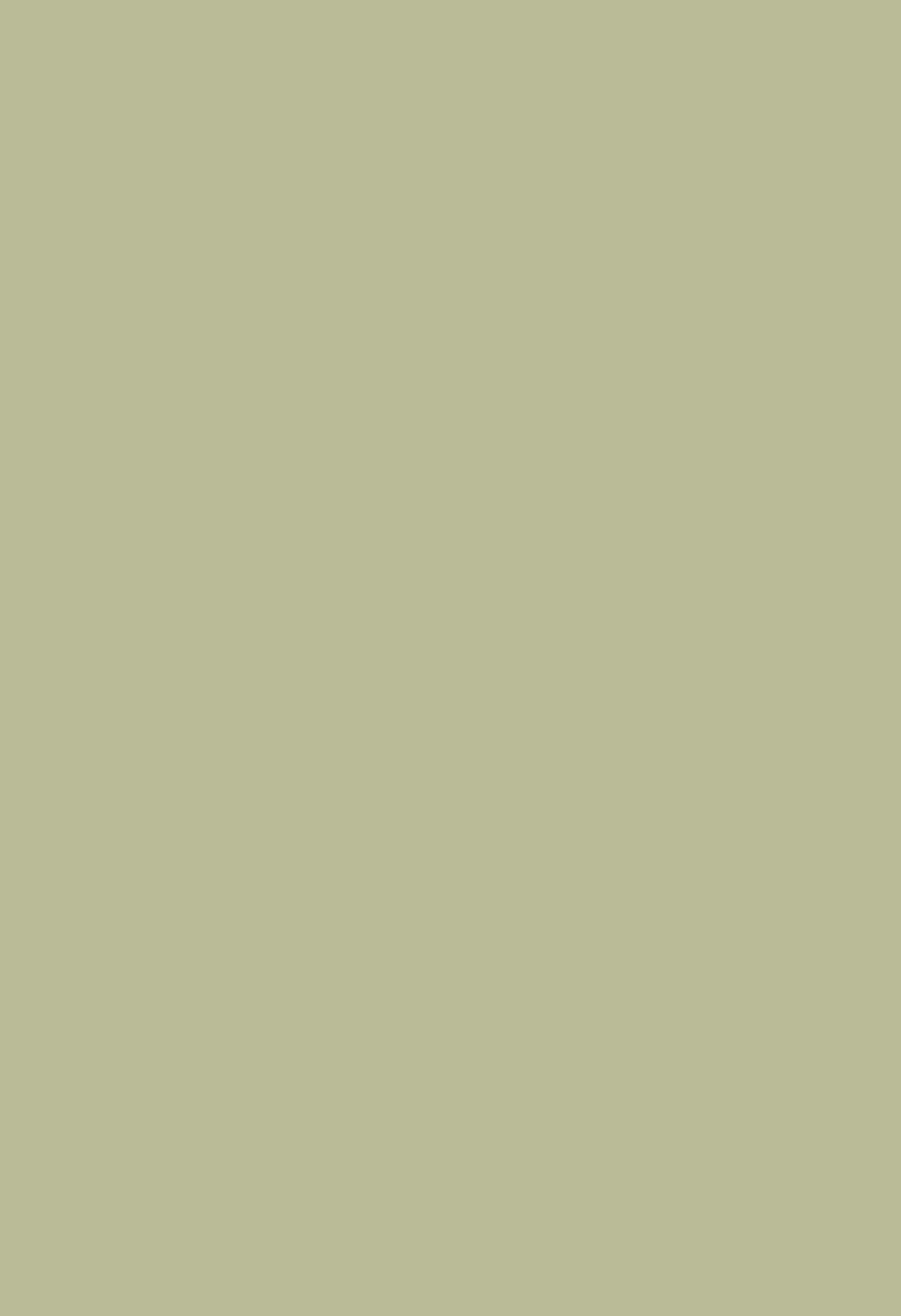
A native of Bordeaux and an artistic prodigy, Odilon Redon (1840-1916) was a French
painter-printmaker associated with the Symbolists and Post Impressionists. He
started drawing as a child and initially trained as an architect; his first foray into
painting failed miserably when he studied with the French Academic painter Jean-
Léon Gérôme. In the mid-1860s, Redon found inspiration in the prints and drawings
of his friend and mentor Rodolphe Bresdin, from whom he learned the arts of
engraving and lithography.
Printmaking became a major component in Redon’s
oeuvre
and he would produce
over 200 lithographs and engravings from the late 1870s to the early 1900s. Redon
admired the late prints of Goya and completed a series of lithographs in homage to
him in 1885. He was included in the last Impressionist exhibition in 1886 and, two years
prior, had worked with Signac and Seurat to form the Sociétié des Artistes
Indépendants and the accompanying watershed, unjuried Salon des Indépendants.
While Redon was an exact contemporary to Monet, his late arrival to the art world
placed him with the younger generation of avant-garde artists and his works in the
Salon d’Automne in 1904 served as inspiration for the Fauves who appeared the
following year. While Redon associated with the Post Impressionists, his work was
extremely different in feeling and intention. Rather than painting
en plein air
by
observing nature directly, Redon’s imagery was created from dream-like manipulations
of the natural world influenced by a rich mixture of subjects, including the literary
works of Poe, Goya’s graphic works and new discoveries in evolutionary science.
At the time of the Armory Show, Redon was not well known outside of Paris and
Walt Kuhn first encountered a collection of Redon’s pastels and paintings when he
visited The Hague in 1912. Kuhn was apparently, “Captivated by their uniqueness as
well as by their opulence of color and was sure he had made a momentous
discovery.” Kuhn felt that Redon should be heavily featured in the Armory Show
because he was lesser-known and could be publicized as a new discovery (Arthur B.
Davies and Kuhn also initially planned on giving Redon a dedicated room in the
exhibition). Redon was grouped with the Romanticists and his paintings, pastels and
prints dominated Gallery J in the show. As Kuhn and Davies had hoped, Redon did
extremely well and, of all of the avant-garde artists, received the most positive
critical reception. “The ravishing quality of his color and the poetic mystical content
of his art appealed to a taste conditioned by Whistler and Davies,” (Brown,
The Story
of the Armory Show
, New York, 1963, page 134). Of the 38 Redon works exhibited,
an astounding total of 33 sold. His most expensive painting, a still life,
Fleurs (fond
rouge)
, circa 1905, sold for $1350 (roughly $32,000 today) while his lithographs sold
for between $25 and $12.50 (around $600 and $300 respectively today). Among
the more valuable of his lithographs was
L’Aile
, 1893, see lot 74, which sold for $25.
Many of the prints and paintings were purchased by Lillie P. Bliss—a wealthy friend
of Davies whose substantial collection of modern art became the foundation of the
Museum of Modern Art, New York.


